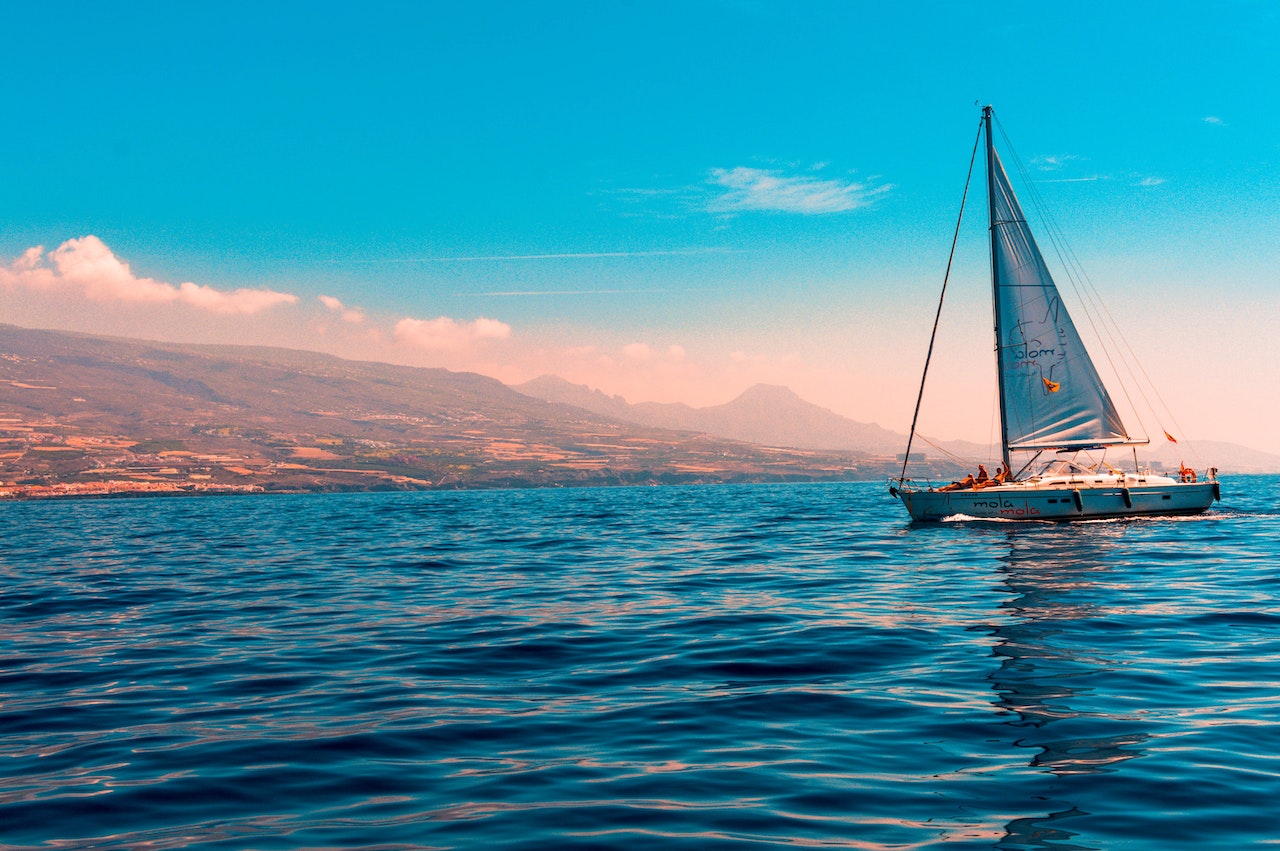
Every new ship embarking on its maiden voyage is accompanied by a flurry of activity steeped in tradition, from the moment of its keel being laid down to the final launch across the slipway. One such time-honored custom is the ship naming and launching ceremony.
This article will explore the fascinating history and significance behind these rituals and how they have evolved, starting with an understanding of this maritime practice, the meaning behind ship names, and how different cultures have celebrated these occasions.
Ancient Traditions and History of Ship Naming
Ship naming ceremonies date back to ancient times. The Greeks, Romans, Babylonians, and Egyptians all had their own distinct rituals for ship naming and launching celebrations. Seafarers in these cultures believed that honoring their deity or goddess would guarantee their ships’ safety at sea.
In the maritime context, a ‘good’ name was equally as vital for both practicality and luck. Ships were essential trade tools during ancient times – carrying critical cargo that could make or break civilizations. A memorable name was crucial in ensuring that a vessel stood out amongst a bustling harbor.
The tradition of naming boats still persists today: vessels are often named after loved ones, geographic locations, or an aspiration. These names are not just steeped in sentimental value but also serve as a unique identifier among thousands of others traversing the waters.
Launching Ceremonies Across Different Cultures
Various nations across the world have developed a diverse range of practices to mark the inauguration of a new vessel:
1. Western Maritime Tradition – Champagne Bottle Break
A champagne bottle smashed against a ship’s hull is one of the most recognized rituals in western ship launching ceremonies. This act is thought to bestow good luck upon all who travel aboard her maiden voyage. Pagan traditions originally used wine or water for this purpose; however, champagne has become synonymous with celebration today.
2. Japanese Shinto Ceremony – Purification Salt
In Japan, ships are purified with sacred Sakaki tree branches spread throughout their decks while ritualistic salt is scattered along strategic locations onboard. The ceremony concludes with sake offerings to appease the spirits and ensure safe travels.
3. Hindu Practices – Laung And Coconut Offerings
Hindu conventions involve placing cloves (laung) under lemon wedges beneath each wheel of a new vehicle (including ships) as part of its blessing ceremony. Additionally, coconut offerings are made by breaking them into several parts, symbolic of inviting prosperity and an auspicious start.
4. Maori Waka – Carving Ceremonies
In New Zealand’s Maori culture, waka (traditional canoes) are considered sacred entities and are gifted with ornate carvings to exhibit respect and reverence throughout their elaborate launching rituals.
Ship Name Trends Throughout History
Across centuries, certain themes have persisted when it comes to deciding on appropriate nomenclature for new ships:
1. Royalty: From majestic RMS Queen Elizabeth 2 to illustrious HMS Prince of Wales – royal monikers have graced numerous vessels symbolizing elegance and class.
2. Nautical Legends: Neptune – the Roman god of freshwater, must surely be pleased by countless ships bearing his name spanning several millennia.
3. Navigation Landmarks: Landmark-inspired names like Cape May Express or Mississippi River Transport help evoke familiarity amongst captains familiar with aquatic territories.
4. Mythical Creatures: The ‘Kraken’ is but one example from Norse mythology that has inspired many seafaring tales – yet retains its popularity even in modern naming conventions!
Ship naming and launching ceremonies represent time-honored maritime traditions that date back to ancient times throughout various cultures worldwide. Though these customs differ across countries and peoples, they all share a common understanding: investing good fortune into each vessel is vital in guaranteeing its safety for all those who sail within it.
In this sense, these rituals also promote unity among those who build ships – be it designers or dedicated shipyard workers – instilling them with confidence to carry forth their shared mission at sea confidently. So as we raise our glass in cheers during these age-old rites we celebrate human ingenuity prospers through treacherous waters – from harbor shorelines to endless horizons!